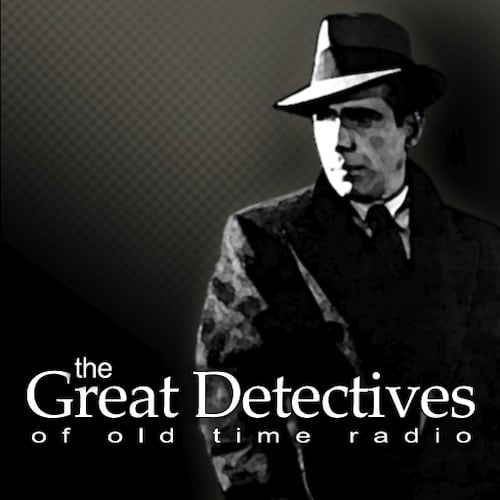Having examined the five worst Columbo movies, in the next two articles, we’ll examine the ten best.
10) A Trace of Murder (1997):
A woman teams up with her boyfriend to frame her tycoon husband for the murder of one of his enemies. The script is very clever and the resolution is classic Columbo if a bit over-emphasized.
9) Undercover (1994)
Another Ed McBain adaptation, but unlike No Time to Die, this one is good. It’s hard to view this as Columbo as it’s not an inverted mystery and Columbo has a partner, but despite violating typical formulas, this is a superb thriller.
8) Columbo Loves the Night Life (2003):
The last Columbo movie and a very interesting one that has Columbo entering a new century. Both the character and the formula show a great deal of flexibility as he faces very modern characters and has to adapt to modern crime-solving technology. Columbo enters the case as usual with little knowledge, but with plenty of instincts and a desire to learn. Whether it’s an electric typewriter ribbon in the 1970s or cell phones in the 1990s, Columbo has always mastered new technology in a way his opponent couldn’t predict, and it’s certainly the case here. It’s a pity Peter Falk didn’t get to do more because this movie shows how the character really stood the test of time.
7) Ashes to Ashes (1998)
Patrick McGoohan makes his fourth appearance as a Columbo murderer and the second in the revived series, playing an undertaker to the stars. The murder itself is far from the cleverest plot conceived as it was concocted on the fly. However, the solution is clever, and the chemistry between McGoohan and Falk is perfect as always.
6) It’s All in the Game (1993):
The production was nominated for a Golden Globe and Faye Dunaway took home an Emmy for Outstanding Guest Actress. The script was written by Peter Falk. The plot was about two women conspiring to murder one woman’s no-good lover. One of them, Lauren, begins to flirt with Columbo. The movie works for several reasons. Dunaway is one of the few guest stars who rise to the same caliber of talent as the 1970s murderers. In addition, the script is clever. On the surface, Lauren is trying to seduce Columbo so he won’t notice clues she’s the murderer. Columbo is acting smitten in hopes of luring her into a false sense of security, but it feels like there’s more going on. At the same time, while we see the murder occur, there’s so many questions about it particularly in regards to motive and what the relationship between these two women is. There’s far more mystery in this than your typical Columbo. On the negative, this is probably the most cynical interpretation of him. Plus a few of the scenes where they’re trying to act romantic don’t quite work, such as when Columbo brings her a big collection of roses. Still, despite these negatives, this is one of the best of the new Columbo movies.
If you enjoyed this post, you can have new posts about Detective stories and the golden age of radio and television delivered automatically to your Kindle.
